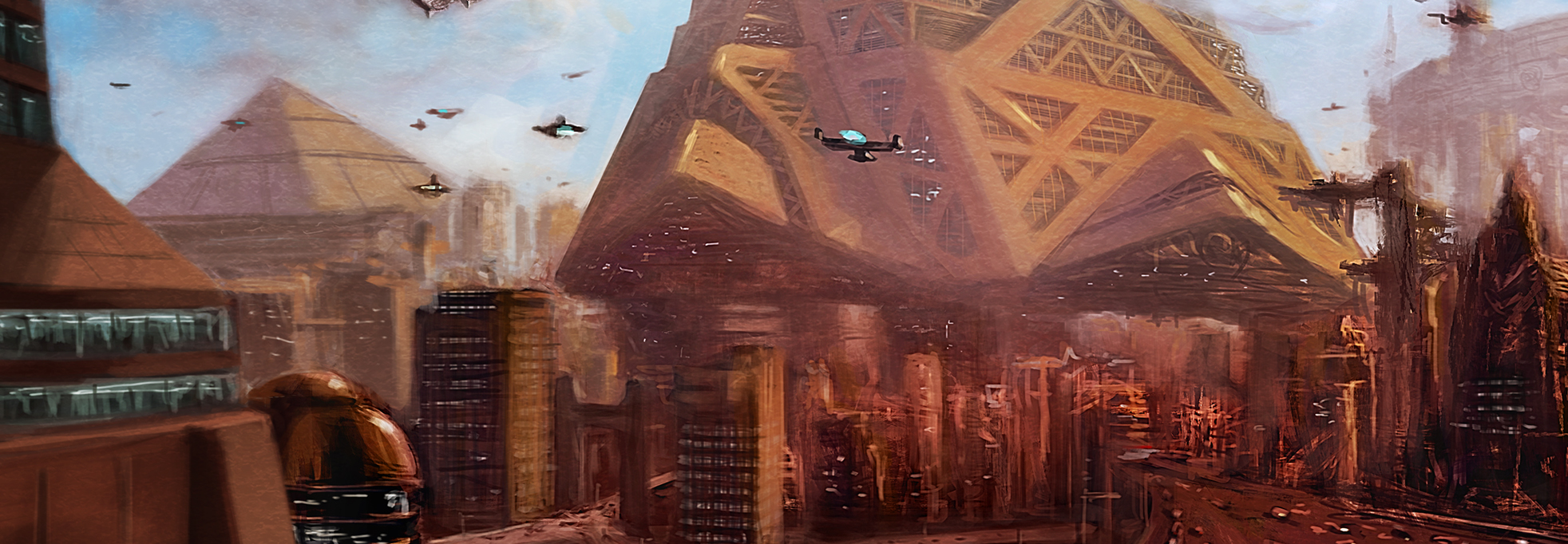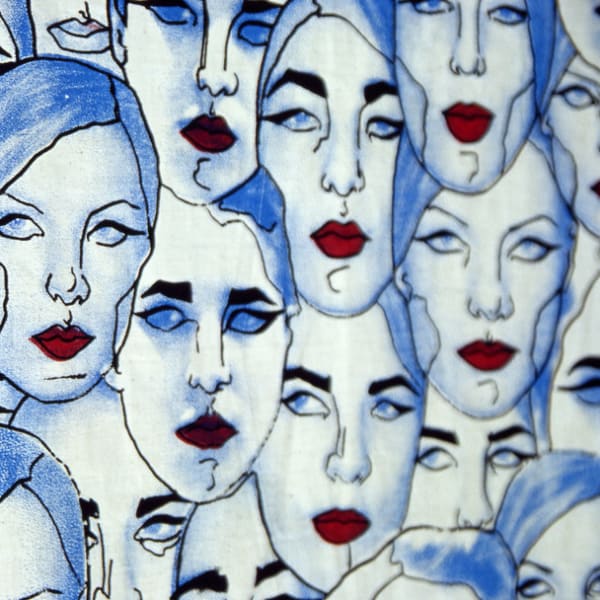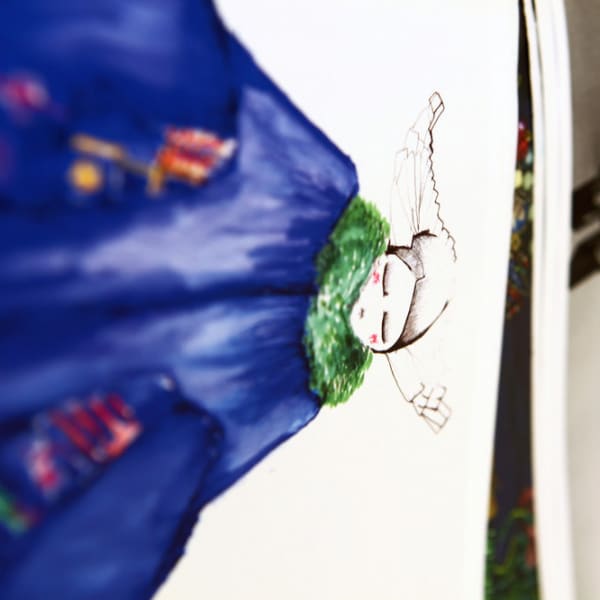Matt O'dell is an illustrator and short course tutor, who leads our popular Graphic Novels and Comic Book Art short course. Here Matt gives us an insightful introduction to the course and shares some of his own work.
This engaging hands on course is ideal for anyone wishing to learn about the process of creating comic books and wants to gain confidence in character creation, composition and page layout. This June - Matt will be teaching Graphic Novels and Comic Book art online.
Please give a short introduction to your course and subject area - What is the basic structure, and what should students expect to learn after taking the course?
On the Graphic Novels and Comic Book Art short course, you will learn how to tell a story using sequential imagery, from initial ideas through to finished artwork. A wide range of students choose this course - from complete beginner to accomplished artist - though most are seeking help in at least one area, such as developing story ideas, or character design. Each day a new topic is introduced, with an exercise to develop skills in that area. The overarching project of the week, however, is to produce a finished page of coloured comic book art.
Could you take us through, in a little more detail, one technique or topic students will learn about on the course?
On day one we get to know each other, warm up with some life drawing exercises, then write a series of stories as a group. We then break these stories down into short statements and explore the principles of scene composition. On the second day, we look at the key considerations of character design, before working with reference to design an original character. At the mid-point of the week, we look at drafting the page as a whole, with the aim of creating an interesting and readable layout. On the penultimate day we practice inking techniques before students proceed to ink their story’s rough pencils. Finally, at the end of the week, we scan in the inked artwork and add colour, text, and speech balloons in Adobe Photoshop.
All in all, it’s a busy week, but I feel it’s important students leave the course with more than just a series of exercises. There’s a lot to be said for seeing a project through to completion, and it could serve as a portfolio piece too. In addition, having completed one page to a high standard, students will hopefully feel inspired to continue their characters’ stories.
Adapting a written story to a visual format has many considerations. If you enjoy writing it’s easy to get carried away with details, but if you then tried to draw it all, it might fill hundreds of panels. Further, it may not pay to get too invested in your prose, as a scene may need significant alterations later to work visually. As the scene’s ‘camera’ can only be in one place, decisions will need to be made in terms of what is focussed on and what is of secondary importance or left out entirely. For these reasons, we restrict ourselves to brief panel descriptions when translating stories into panels.
From this point, we work out panel compositions by trying out alternative versions in rough, ‘thumbnail’ form. As comic books use a mixture of images and text, you can of course let the words carry some of the narrative, with your artwork concentrating on what is important for the viewer to see. Although it’s always tempting to dive straight into drawing a scene, time spent clarifying what you’re trying to communicate pays off in the long run. It will make it easier to decide what the focus of the panel should be, as well as help with character design decisions.
What is the most important thing that students take away from your course?
The most important thing for students to take away is to follow a workflow that takes them from the beginnings of a story idea through to a finished piece of work. Students are frequently talented in one area or another, it’s just that there are many aspects that go into telling a story successfully. Hopefully, the course will get them past areas with which they are currently struggling (e.g. perspective) by providing a structure to follow.
Anything you'd like to add?
It can be hard to make progress on creative projects when you have to fit them in around a job or other responsibilities. Being able to devote a whole week to a short course provides a great opportunity to make some real progress. The social aspect is also important, with a fun, supportive atmosphere and people from diverse backgrounds.
See more of Matt's work on his website.



